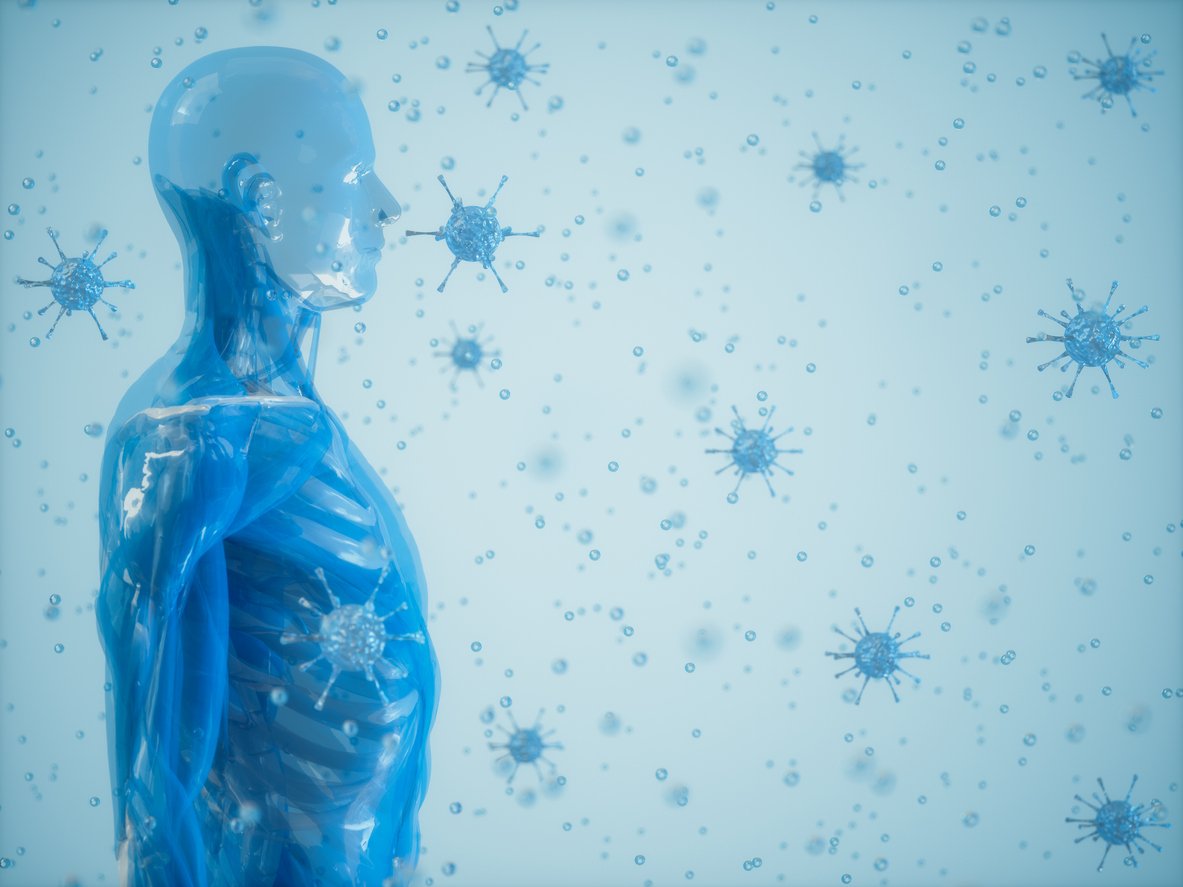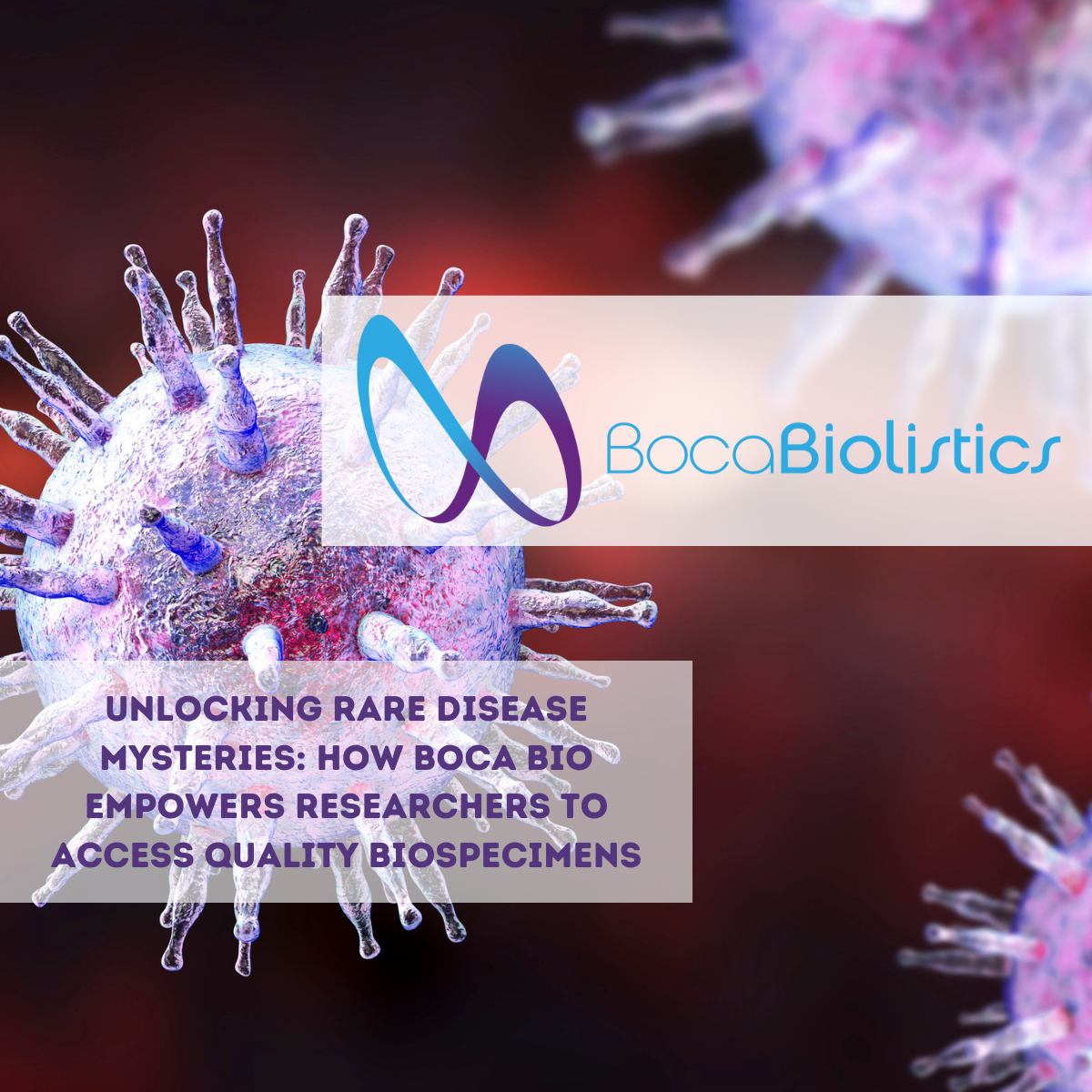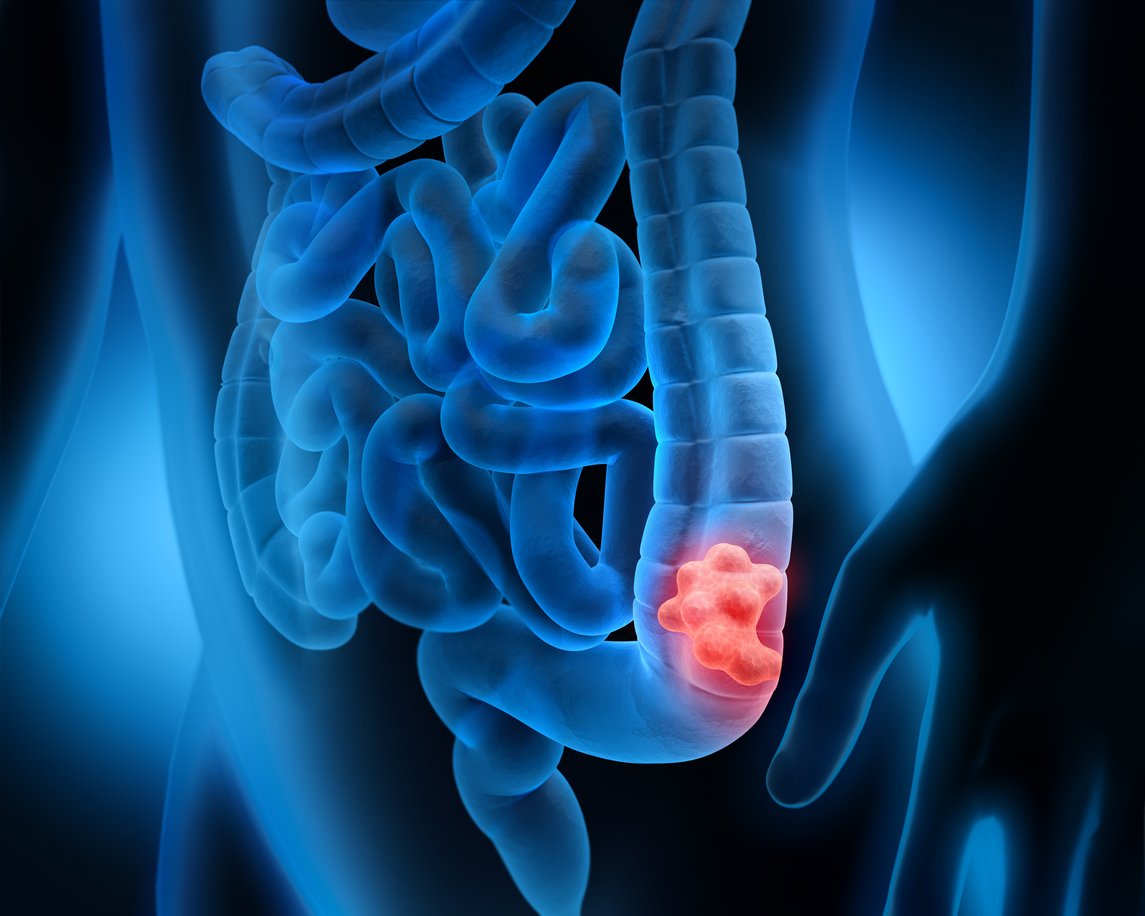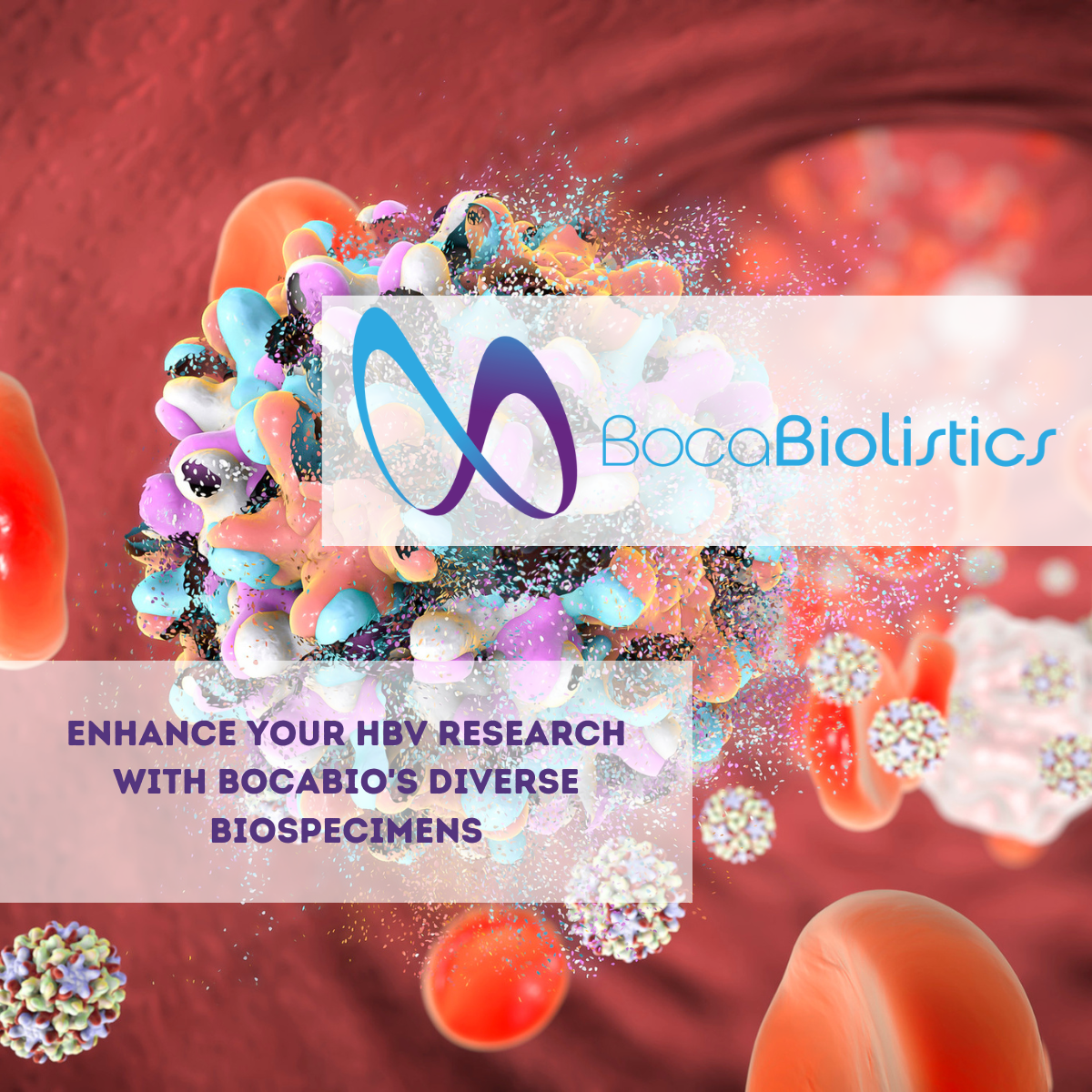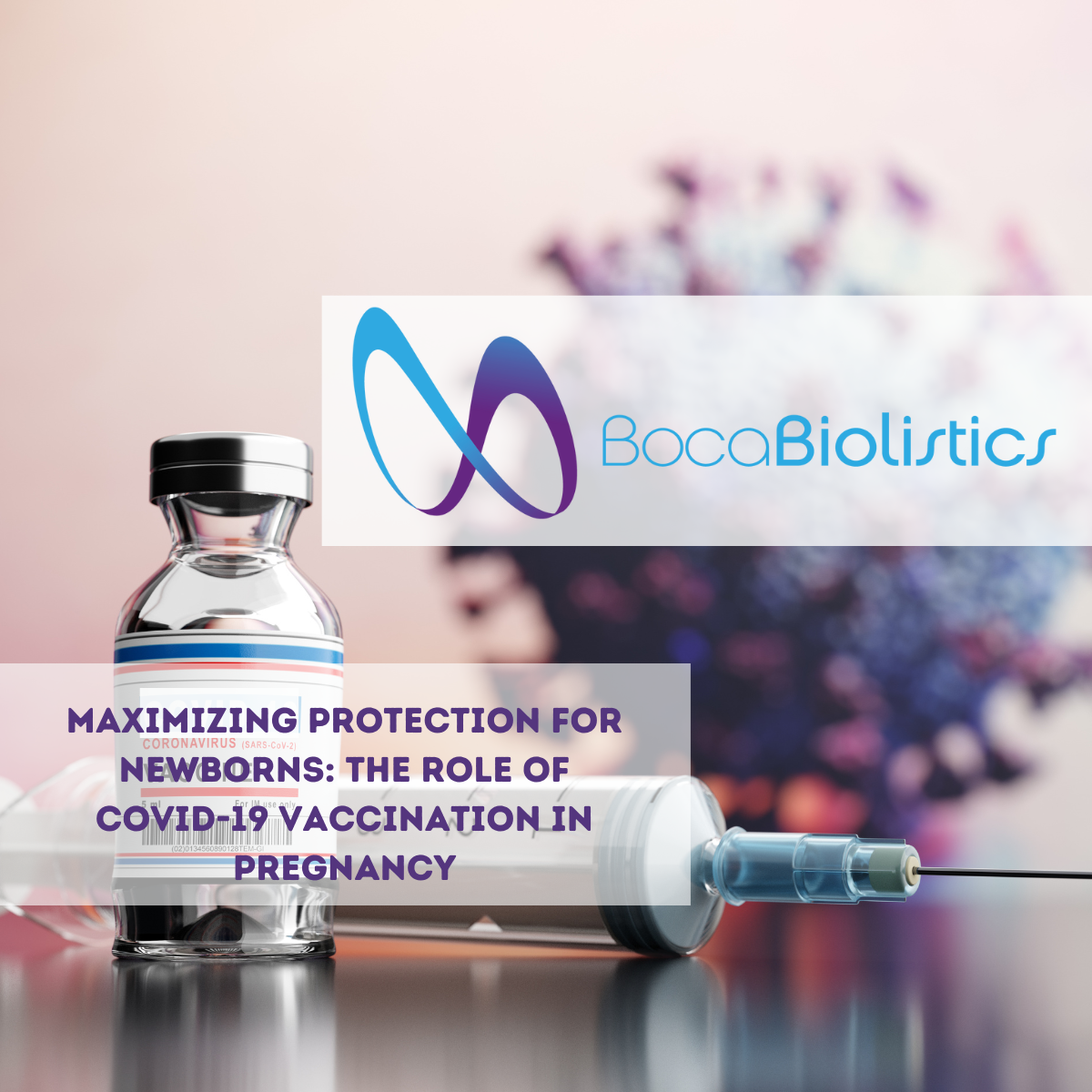Summer comes with a lot of joy: warm days, hiking and swimming, backyard family barbecues, and so much more. However, the season also brings a few inconveniences and dangers, including ticks.
Being creepy-crawly is their least-offensive quality. There are about 900 species of ticks in the world; 90 of them can be found in the United States. About 60 types can transmit serious diseases to humans, which is why it's important to do a little infectious disease research to understand what to look for and what you should do if you get bitten by a tick.
What Are Tick-Borne Diseases?
Ticks need to feed on blood to survive, which they can get from birds, reptiles, amphibians, or mammals, including humans. If your blood contains a pathogen, the tick will also ingest the pathogen.
When a tick bites, it secretes a couple of substances. One is cement-like, which helps the tick essentially stick itself to you. The other is saliva, which contains an anesthetic so you don't feel the bite. It may also contain the pathogens the tick picked up from another host, and if it does, those pathogens may enter your body as the tick feeds. That's how ticks spread diseases like these:
- Anaplasmosis
- Heartland Virus
- Borrelia Miyamotoi
- Powassan Disease
- Colorado Tick Fever
- Rocky Mountain Spotted Fever
- Tularemia
- Lyme Disease
Of these, Lyme disease is the most common.
Symptoms of Lyme Disease
Symptoms of Lyme disease include fever, muscle ache, headache, and fatigue, and they may appear within three to 30 days of receiving a tick bite. In 60-80 percent of cases, a bullseye rash appears around the bite site, and sometimes in other places on the skin.
When diagnosed and treated with antibiotics in the early stages, the infected person usually makes a complete recovery. However, it can be difficult to recognize you might have Lyme disease. The ticks carrying Lyme are usually young and small; if you don't realize you've been bitten, it may not occur to you to contribute a headache or fatigue to Lyme. Unfortunately, when left untreated, Lyme disease can affect the heart, joints, and nervous system. Those severe symptoms could emerge in weeks—or you might not notice them for years.
Epidemiology of Lyme Disease
Lyme disease is spread by blacklegged ticks (also called deer ticks), and is especially common in the northeast, mid-Atlantic, north central, and Pacific Coast areas of the United States. Cases have been steadily increasing over the last 25 years: as ticks expand their territories, we're starting to see cases in areas that were previously largely unaffected by tick-borne diseases.
Ticks may bite at any time of year, but they're most active from April to September. Different species live in different parts of the country, but there are ticks in every state, even Alaska. The blacklegged tick is found all over the eastern half of the United States, while the western blacklegged tick covers the Pacific Coast and parts of Utah and Nevada.
Preventing Lyme Disease and Other Tick-Borne Diseases
People who work outside or enjoy outdoor leisure activities are most likely to be bitten by ticks. Although not all ticks transmit disease, the best prevention is to avoid being bitten at all.
First, it helps to know how and where ticks operate. They can't jump or fly, but they are smart enough to hang out in the grass near busy paths. They can sense body heat, odor, and vibration, and they hold out their front legs, waiting for a host to cling to. If you don't want to be that host—and you definitely don't—there are a few steps you can take:
- Avoid walking in tall grass—but remember you can still "catch" a tick in your own well-manicured yard.
- Use insect repellent, and treat clothes with 0.5 percent permethrin.
- Tuck your pants into your socks to make it more difficult for a tick to find bare skin immediately.
- Check your clothes and gear for ticks that may be waiting for their chance to meet you. You don't want them in your house, either!
- Examine your entire body immediately after returning home. Don't forget behind your knees, between your legs, and in your scalp.
Ticks don't always latch immediately. Sometimes they wander around, looking for areas of thinner skin. Even if they do attach, it typically takes 36-48 hours, sometimes more, for Lyme disease to transmit from the tick to you. In the majority of cases, if you come home after a hike and find a tick attached, you will be able to remove it without getting Lyme, even if the tick is infected.
This is how to remove a tick per CDC guidelines:
- With fine-tipped tweezers, grip the tick's head as close as you can to the skin.
- Use steady pressure to pull the tick out. Don't rush the process, and don't twist the tick. You don't want to leave its mouth in your skin.
- Clean the bite area and your hands with soap and water or rubbing alcohol.
- Get rid of the tick by flushing it down the toilet or submerging it in alcohol.
See your doctor if you develop any symptoms in the days following the tick bite.
Advances in Infectious Disease Research: Lyme Disease
Because of the severity of advanced Lyme disease, especially in the wake of increasing cases, a lot of research is being done to help diagnose and treat the disease.
Borrelia burgdorferi is the main bacteria that causes Lyme disease, and it's not well understood. Several studies have been conducted to get better acquainted with this bacteria's structure and behavior. Scientists are also looking at improved methods for diagnosing Lyme disease. Since 1994, it's been detected using antibody tests, but those tests often come back negative in the early stages of the disease—when it's most treatable. The other downfall is that antibody tests can't indicate an active infection; they show only that the patient has, at some point, been exposed to the bacteria.
Toward the end of 2018, scientists at Rutgers University discovered a way to detect infections three weeks faster than previously possible with antibody testing. When patients test positive using these new techniques, which detect the bacteria's own DNA, it indicates an active infection that requires immediate treatment. Patients can get the care they need before the disease has another several weeks to take hold.
For more than two decades, Boca Biolistics has been contributing to incredible advances in infectious disease research like this by providing biological samples and offering laboratory testing and clinical trial services in a state-of-the-art facility. We're proud to partner with the researchers, clinicians, and patients who are forging the path for the new techniques and technology that will save lives.




